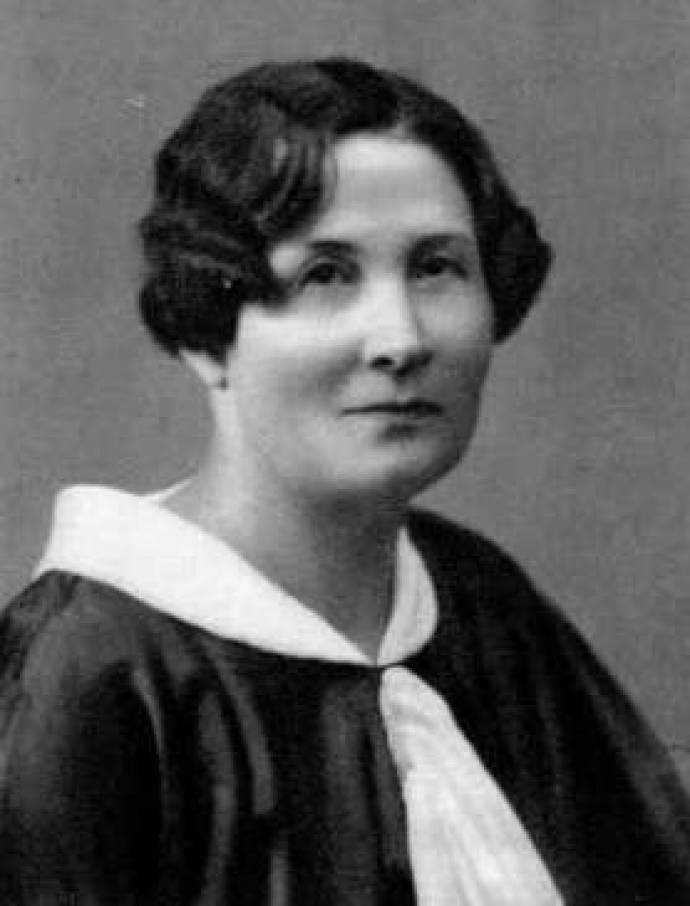March 5, 2018
March 5
In 1686 Slovenian historian Janez Vajkard Valvasor described Cerknica Lake to Thomas Gale, as follows:
"All the important men who wrote about this lake have repeatedly emphasized what a great natural miracle it was that over a year one could fish, hunt and reap in one single place. But this is the least one could say about the Lake, which is full of other phenomena and wonders. It has many so-called cavities or holes. Fish come out of some of them, crayfish from others, leeches from the third and noises from the fourth. Whenever there is thunder in the sky, an unknown force throws water out from some of the cavities with incredible speed. In other holes, pigeons survive all winter, and there is also a hole from which clouds and fogs come, as well as lightning and thunder. It is possible to travel through some mountains on a boat. In Carniola we have wonderful caves and caverns, inside which I found lakes and other wonders."
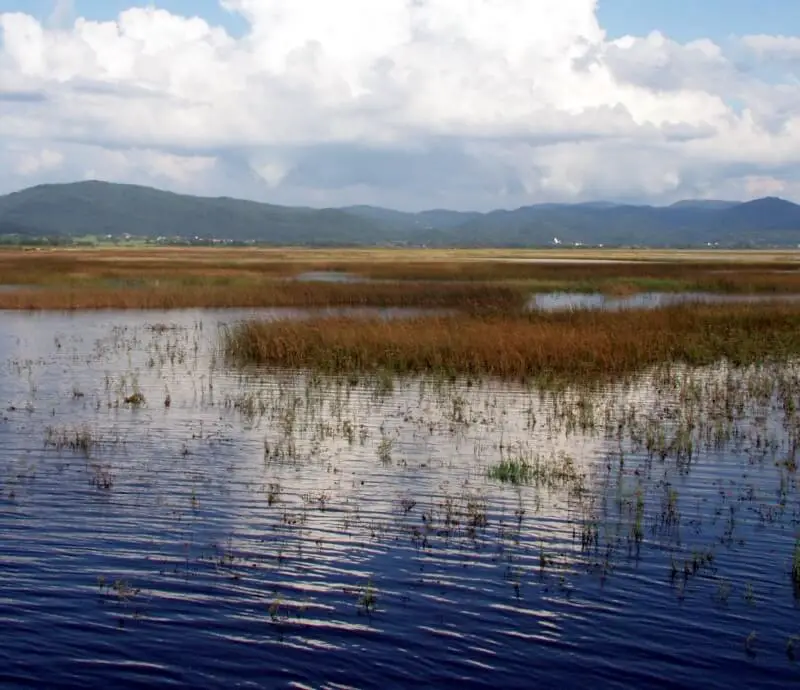
March 6
In 1876 fist Slovenian female journalist, Ivanka Anžič Klemenčič, was born in Ljubljana. After completing her schooling Ivanka worked in a law firm, and from 1900 also edited Slovenka newspaper in Trst (Trieste) which she managed to transform into a modern magazine for women. In 1908 she joined Slovenec newspaper in Ljubljana, and became the first full-time Slovenian female journalist.
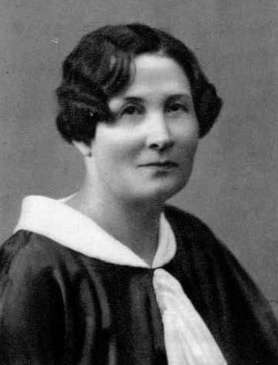
March 7
In 1904 Soča newspaper of Gorica attacked the Alexandrins for leaving their Slovenian littoral homes and families to travel to Alexandria, Egypt for well-paid jobs as cooks, servants and wet nurses.
The development that supported this movement was the Suez Canal, which opened in 1869. There were about two thousand Slovenes in Egypt in 1875, and more than 7,700 in 1897. Despite the criticism, Slovenian women kept leaving for work in Egypt till about the mid-20th century.
March 8
In 1885 a new law on Sunday rest came into force in the Austrian empire. Until then it had been forbidden to work all jobs but essential ones, or otherwise act in any immoral way on Sundays. However, such acts were exactly what started to happen as most people spent this day drinking, dancing and shopping, while the other half, and soon everybody, continued to work on this day too. Soon Sundays became no different from any other day. For the Church, Sunday rest was less of a social and more of a religious question, as “with Sunday stands and falls Christianity”. Ten years later, in 1895, the law on resting on Sundays changed to include other activities, including the hardest to get rid of, trade.
Gathering signatures for a petition to close stores on Sundays in 2017
March 10
In 1962 a Slovenian painter Vladimir Lamut died in Novo Mesto. He is known for his self-portraits and landscapes, especially of the River Krka.
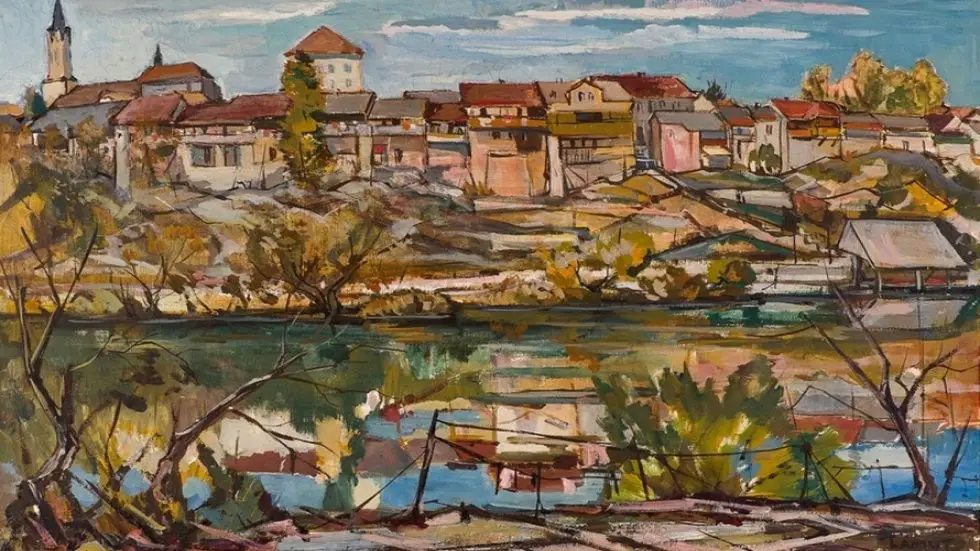
March 11
In 1857 the Austrian Emperor Franc Joseph I and Empress Elizabeth visited Postojna Cave. The managers of this visit fixed the paths and covered them in white sand, while 15,000 lights were also placed in the cave. After the ceremony the ruling couple and their enourage left for Ljubljana in carriages, where they dined at the Railway Restaurant (Kolodvorska restavracija) and from there they took a steam train to Vienna.
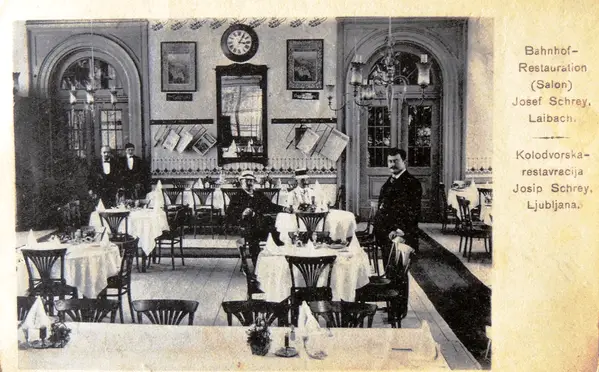
Railway Restaurant, Ljubljana, Slovenian Railways Archive

